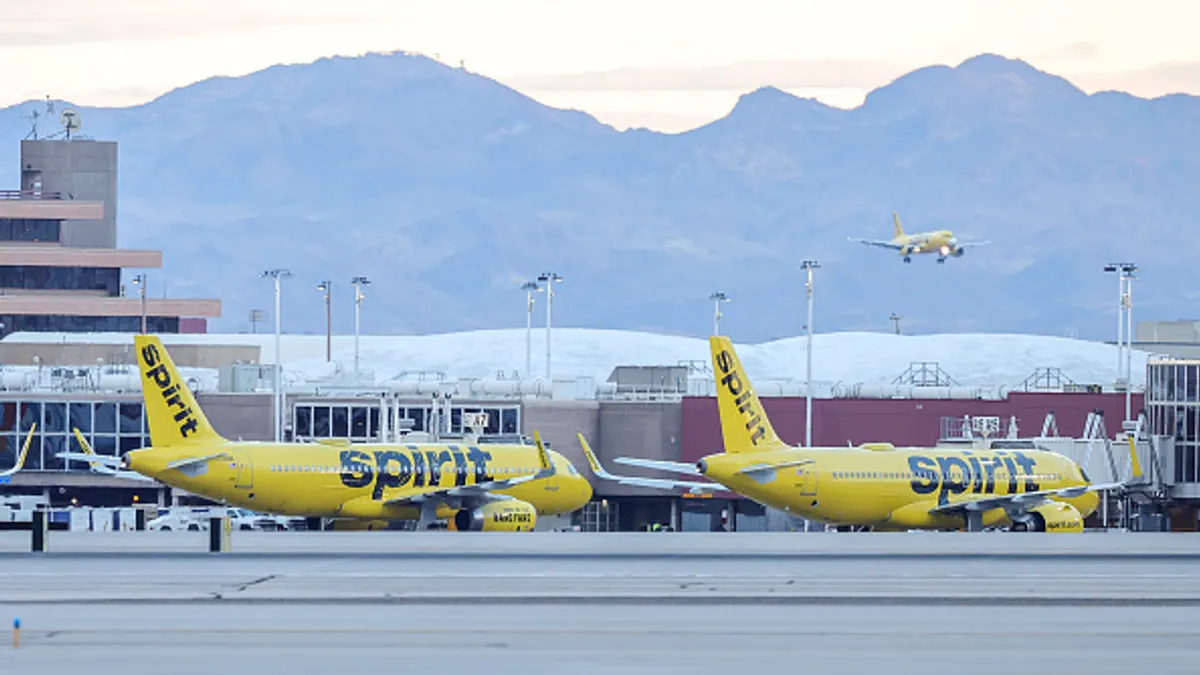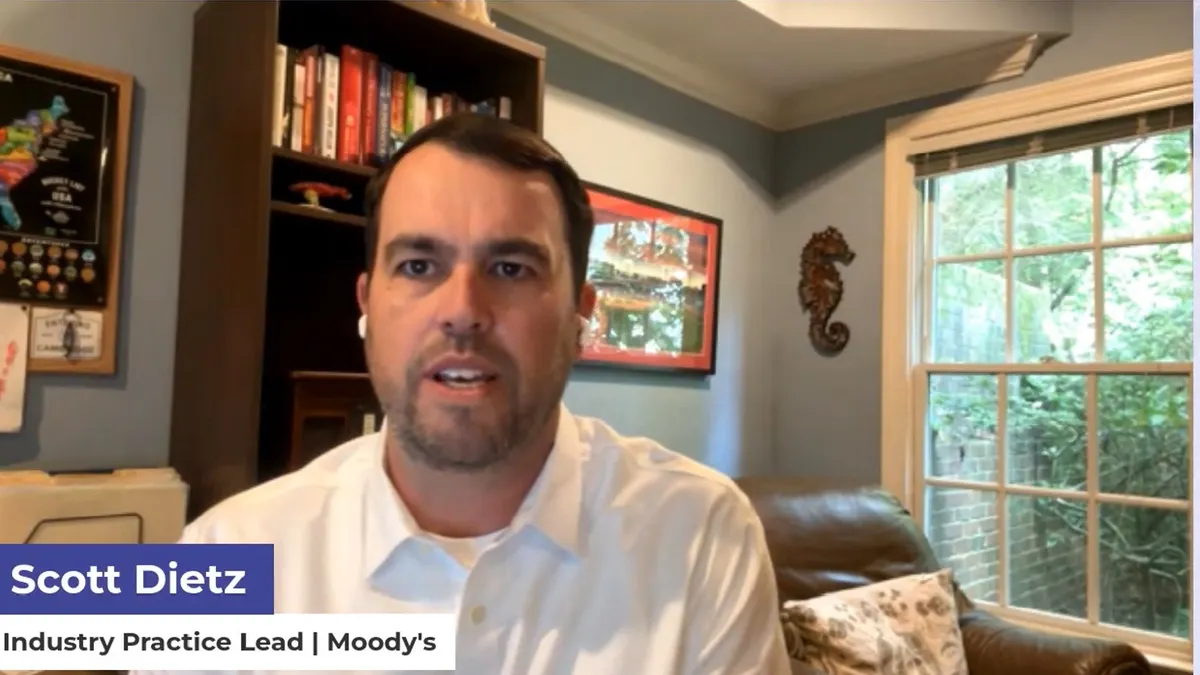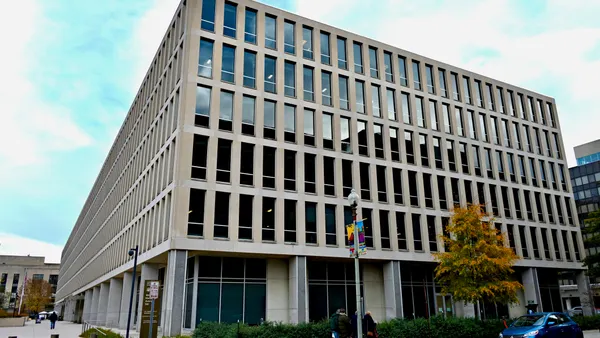Dive Brief:
- The total number of “mega bankruptcies” filed by corporations with assets valued at more than $1 billion rose about 33% to 32 for the 12 months ended in June compared to 24 in the year-earlier period, according to a report released this week by Cornerstone Research, a San Francisco-based economic and financial consulting firm.
- The rise in the largest corporate bankruptcies is above the 2005-2024 annual average of 23 and comes as inflation, high interest rates, and lingering impacts from COVID-19 continue to be cited as top drivers of distress by filers, with policy changes and an uncertain regulatory landscape emerging as fresh causes of distress cited by firms, the report states.
- “A number of companies already have weak balance sheets from the prior three years or so under high inflation and interest rates,” Matt Osborn, one of the co-authors of the report and a principal at Cornerstone, said in an interview Thursday. “Additional uncertainty regarding the regulatory landscape is more recently layered on top of that so companies that are already weakened by general macroeconomic headwinds are also now citing policy uncertainty.”
Dive Insight:
Challenges in the regulatory, legal and policy landscape were cited by 15 of the 31 mega bankruptcies in their first-day declarations filed in U.S. Bankruptcy Courts, according to the report.
Four of the biggest bankruptcy filers came from the renewable/clean energy sector, with Sunnova Energy International, the largest bankruptcy over the period with assets totaling $13.4 billion, as well as Global Clean Energy Holdings, SunPower and Mosaic Sustainable Finance all noted negative impacts from public policy uncertainty.
“‘Regulatory changes and uncertainty have put further pressure on both demand for the Company’s products and the Company’s ability to effectively raise capital,’” Sunnova stated in its bankruptcy filing, according to the report.
Three of the companies on the mega bankruptcy list cited trade policy and tariff uncertainty as distress drivers in their filings, including Wheel Pros, a wheel and vehicle product manufacturer; At Home, a home furnishings company; and Marelli Automotive Lighting USA, an automotive parts supplier. Marelli stated it was “‘severely affected by tariffs due to its import/export-focused business and the imposition of tariffs specifically against automotive manufacturers and suppliers,’” according to the report. Marelli filed for bankrtupcy protection in June, according to Ion Analytics.
At the same time, high inflation and the burden of high interest rates continued to be cited as stressors this year, along with shifts in consumer behavior and lingering pandemic impacts. For example, Spirit Airlines, an ultra low-cost carrier which was the second-largest mega bankruptcy with $9.5 billion in total assets during the period, asserted that “‘margin-advantage’” has reshifted to favor legacy airlines like Delta Airlines and value carriers like Southwest that “‘enjoy optionality to attract price-conscious customers while responding to premium leisure demand.’”
Spirit filed for bankuptcy in November of 2024 and reentered the Chapter 11 process in August, The Wall Street Journal reported.
Looking ahead it’s unclear whether the pace of filings will persist in the next 12 months, Osborn said. If interest rates continue to fall that could lower the cost of capital and provide some financial relief to companies but it also could fuel inflation, which is a top stressor, he said. “Interest rates are always a trade off with inflation,” he said.














